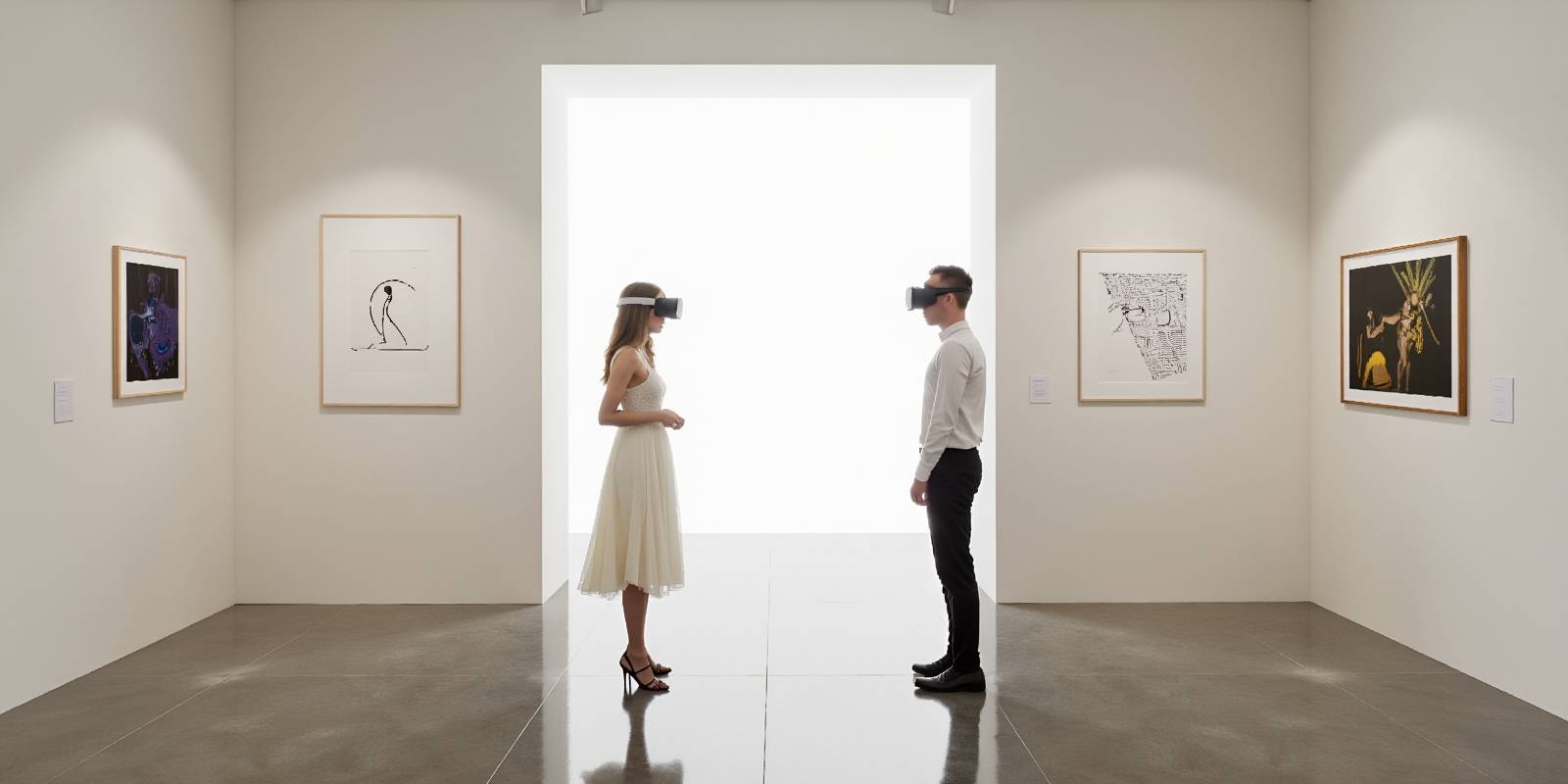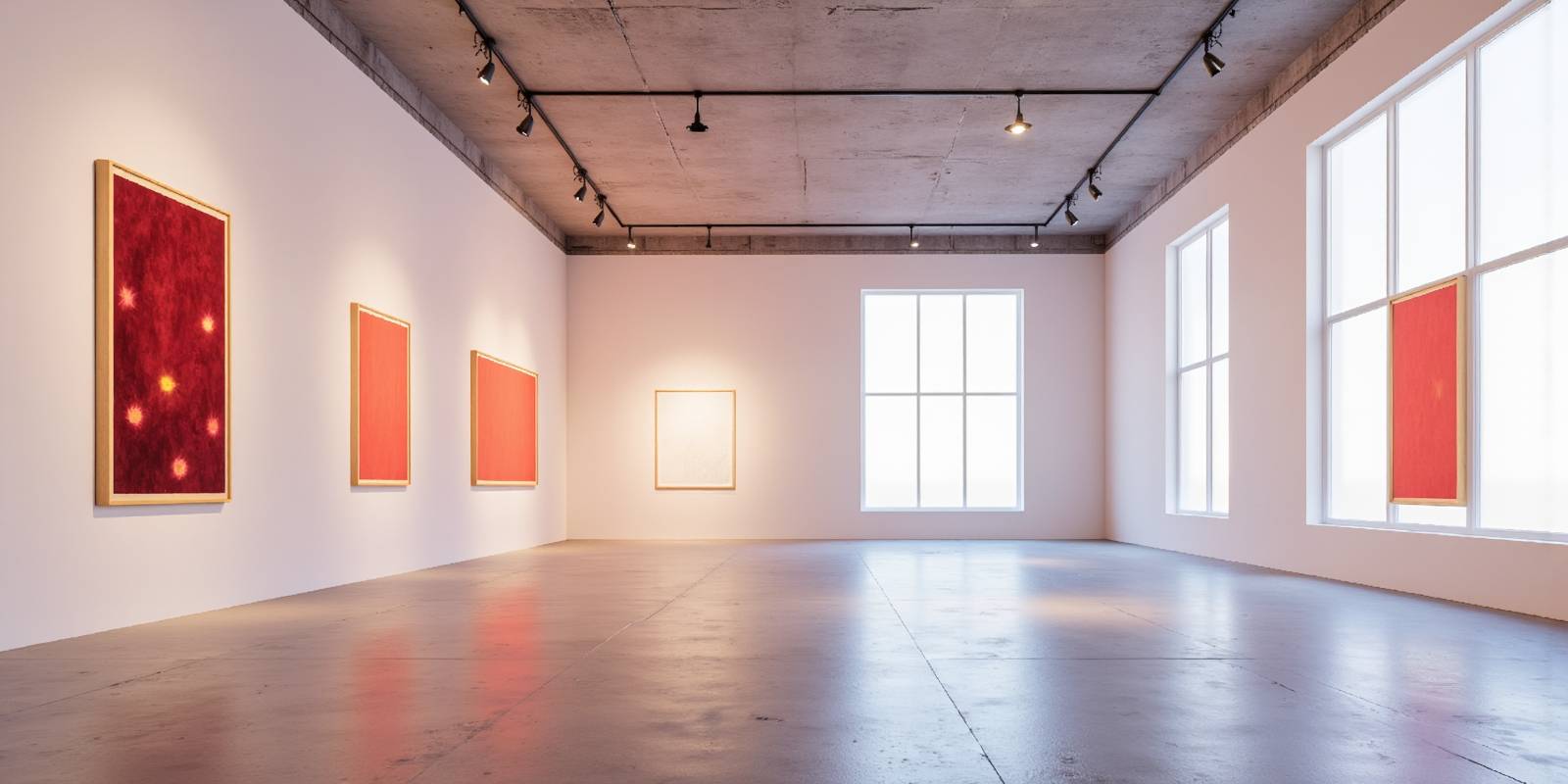In today’s digital age, experiencing art has evolved far beyond traditional museum walls. With the rise of virtual spaces, art enthusiasts can now engage with creativity in an entirely borderless, barrier-free environment. Whether you're an artist looking to showcase your work or an admirer exploring global masterpieces, virtual spaces offer an inclusive way to experience art with others in real time. Below, we explore best practices and provide examples of platforms that excel in promoting art within these immersive worlds.

Why Experience Art in Virtual Spaces?
Virtual art spaces break down geographical, financial, and physical barriers, enabling people from all walks of life to enjoy art. Unlike physical galleries or museums, virtual environments can be accessed by anyone with an internet connection. This inclusivity opens doors to new forms of collaboration, where individuals can engage in shared artistic experiences regardless of location or mobility restrictions.

Best Practices for Engaging with Art Virtually
When stepping into a virtual gallery, it’s essential to keep a few best practices in mind:
Leverage Multi-User Functionality: Explore artworks in real-time with others, whether it's with friends or strangers, fostering shared dialogues and perspectives.
Use Accessible Tools: Ensure your browser and devices are compatible with the platform, offering a seamless experience across smartphones, laptops, or VR headsets.
Participate in Events: Take advantage of live exhibitions or performances, which replicate the energy of physical events, encouraging direct engagement with artists and fellow visitors.

The Advantages of Virtual Art Experiences
Art in virtual spaces is more than just viewing; it’s an immersive experience that engages multiple senses. These platforms allow for interactive 3D environments where you can zoom in on details, navigate different perspectives, and even interact with other attendees. By using tools like RAVE.SPACE, you can host or attend live exhibitions, concerts, or conferences, making art more engaging than ever.
One of the biggest advantages is the social aspect. In virtual environments, artists and audiences can discuss artworks in real time, leading to a richer experience. This is a significant leap from static gallery websites that only offer images and descriptions.

Promoting Art in Virtual Spaces: The "OnArt" Example
One compelling example of how artists can use virtual spaces to promote their work is onart.io. This platform allows artists to exhibit their pieces in stunning 3D environments, making their work accessible to global audiences without logistical or geographical restrictions. Artists can personalize their exhibition spaces, creating an immersive atmosphere that complements the artwork itself. As a visitor, you're able to explore the gallery freely, moving through virtual spaces as if you're physically present.
Beyond the exhibition, platforms like OnArt also provide tools for interaction. Artists can engage with their audience via live chats or scheduled tours, offering deeper insights into their creative processes. This level of direct engagement elevates the traditional gallery experience.
Musee Dezentral: Another Artistic Haven
Another standout example is Musee Dezentral, a decentralized virtual museum built in the metaverse. This platform goes beyond standard exhibitions, offering artists and curators the opportunity to showcase NFTs (non-fungible tokens) in a dynamic and interactive way. In this virtual museum, each piece of art holds a unique place, allowing collectors and visitors to view and even purchase digital art directly from the exhibit.

Musee Dezentral emphasizes accessibility, with exhibitions open to anyone around the world. It exemplifies how virtual spaces can democratize art, enabling lesser-known artists to reach global audiences without the traditional gatekeeping of the art world.

How Virtual Spaces Address the Challenges in Art Promotion
Traditional art promotion often requires significant resources, including gallery space, travel, and marketing. Virtual spaces eliminate many of these hurdles, providing a cost-effective and eco-friendly alternative. Artists can create their exhibitions without worrying about transportation, setup, or venue costs. Moreover, virtual spaces like RAVE.SPACE allow artists to reach a broader audience at a fraction of the cost.
In a world where social distancing and physical restrictions have become more commonplace, virtual art experiences offer a safe, accessible, and innovative solution for both creators and audiences. These platforms, including OnArt and Musee Dezentral, not only broaden the reach of artists but also enhance the way we experience art—together, and without borders.
Conclusion
The future of art lies in the virtual realm, where accessibility and engagement are redefined. Virtual spaces allow anyone to explore, experience, and enjoy art in real-time, alongside others, breaking down the barriers that once confined us to physical galleries. Whether you're an artist or a collector, these innovative platforms offer new ways to connect, collaborate, and celebrate art across borders.
